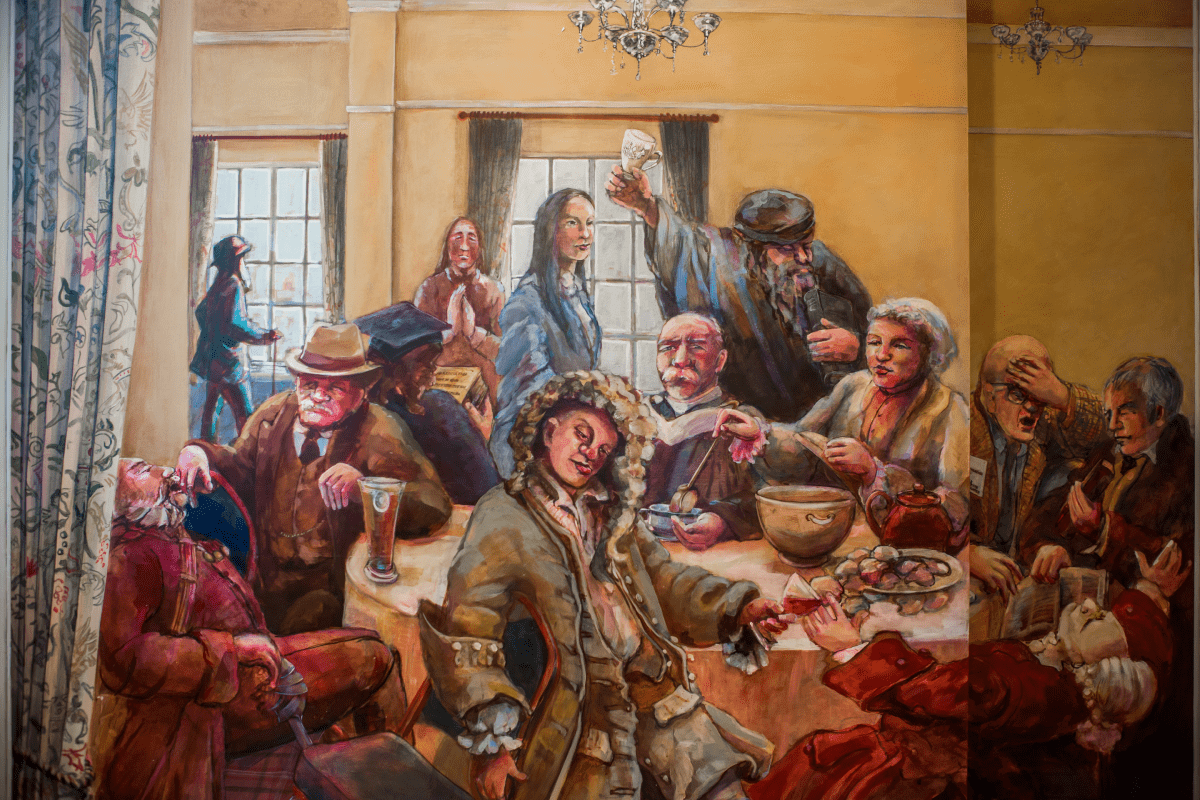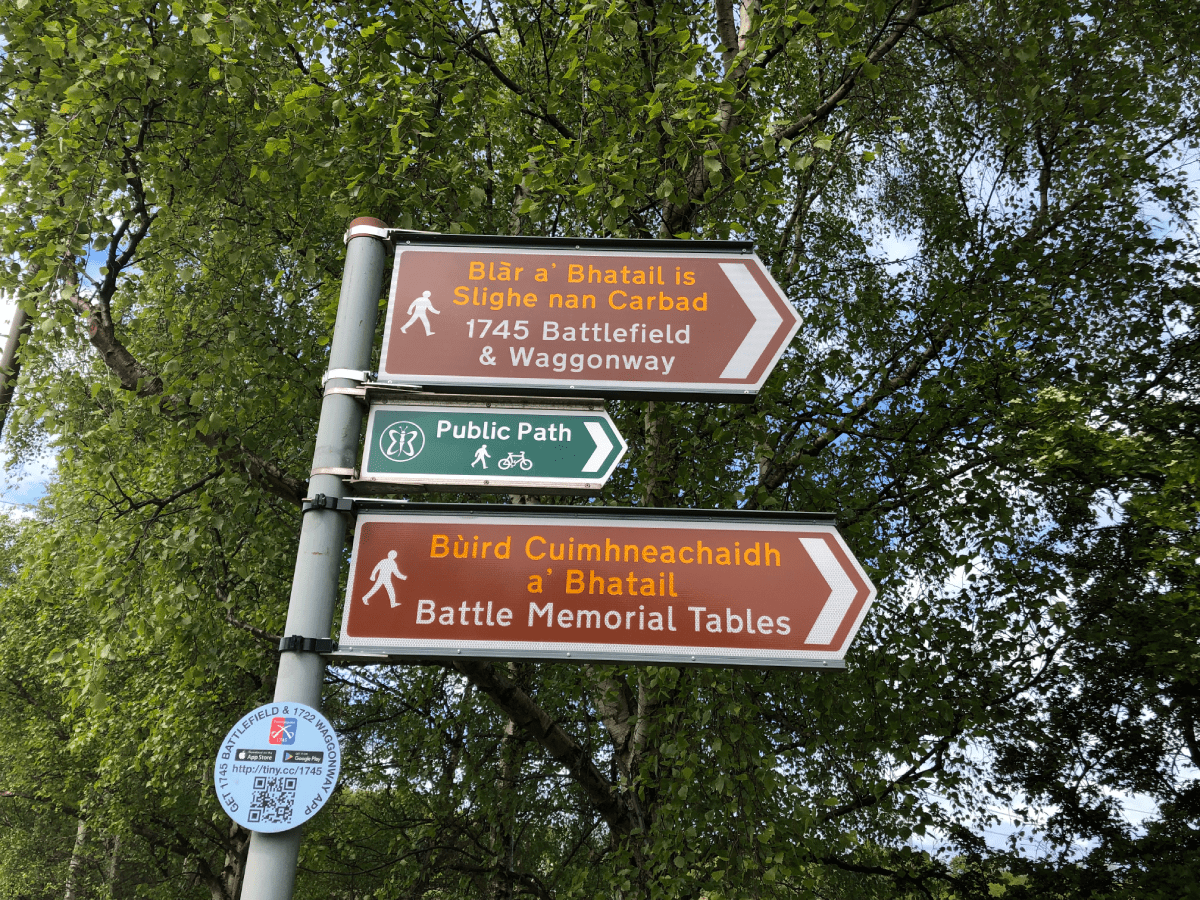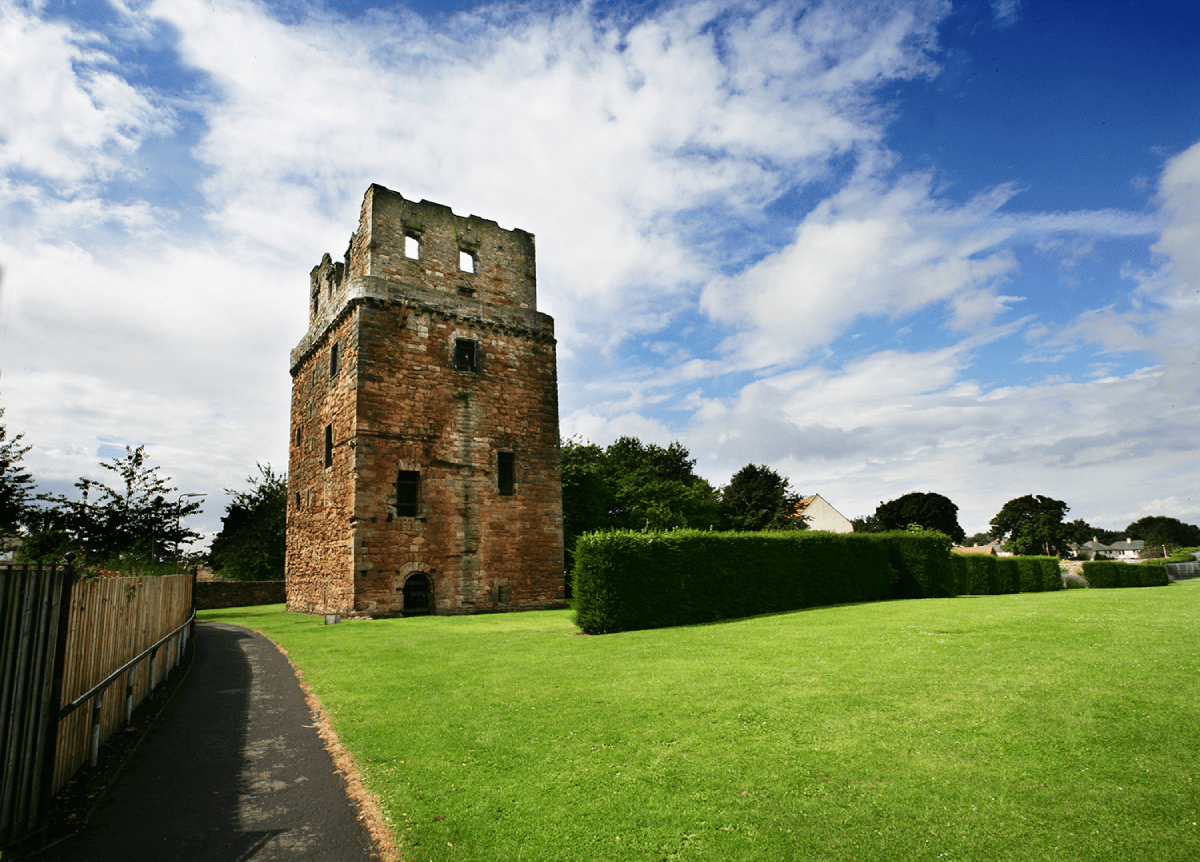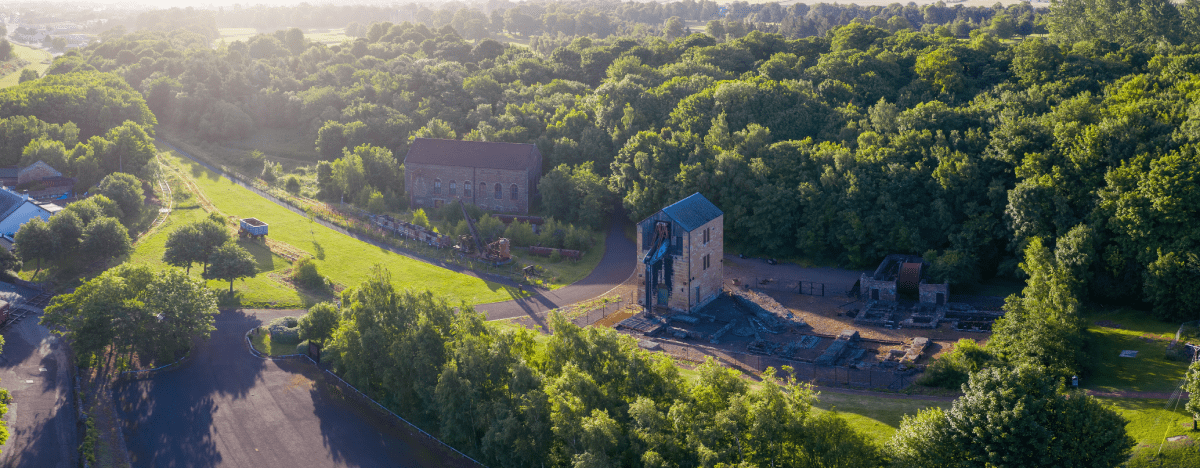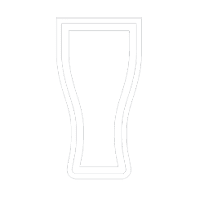Prestonpans
Prestonpans lies on the coast 8miles (13km) east of Edinburgh.
In the past, Prestonpans was a centre of many key industries including coal mining, salt works, soap-making, brewing, brick-making and pottery. In fact, the name Prestonpans comes from the monks who arrived here in 1184 and called then town Preiston which became Salt Prieston and then Prestonpans after the pans used by the monks extracting salt from the sea. The discovery and mining of coal by the monks in the 13th century is arguably the first record of coal mining in Britain. At one time Prestonpans had ten salt works and sixteen breweries!
You can see evidence of this productive past throughout the area. Just outside the town, Prestongrange Museum contains exhibitions on coal mining and is home to a magnificent 1874 Cornish Beam Engine.
On 21 September 1745, The Battle of Prestonpans was the first significant conflict in the 2nd Jacobite Rising. The Jacobite army loyal to James Francis Edward Stuart and led by his son Charles Edward Stuart - Bonnie Prince Charlie - defeated the army loyal to George II led by Sir John Cope. The victory was a significant one and a huge morale boost for the Jacobites. A memorial to the Battle of Prestonpans sits close to the battle site.
In 2010 a group of volunteers stitched The Prestonpans Tapestry. It comprises 104m of embroidery telling the story of the two opposing armies as they cross Scotland in 1745 and the ensuing battle. You can find out more about the making of this impressive tapestry here.
Preston Tower, a 15th century tower house is the past seat of the Hamilton’s of Preston. In addition to the impressive architecture of the tower are the restored gardens and doo’cot (dovecot).

